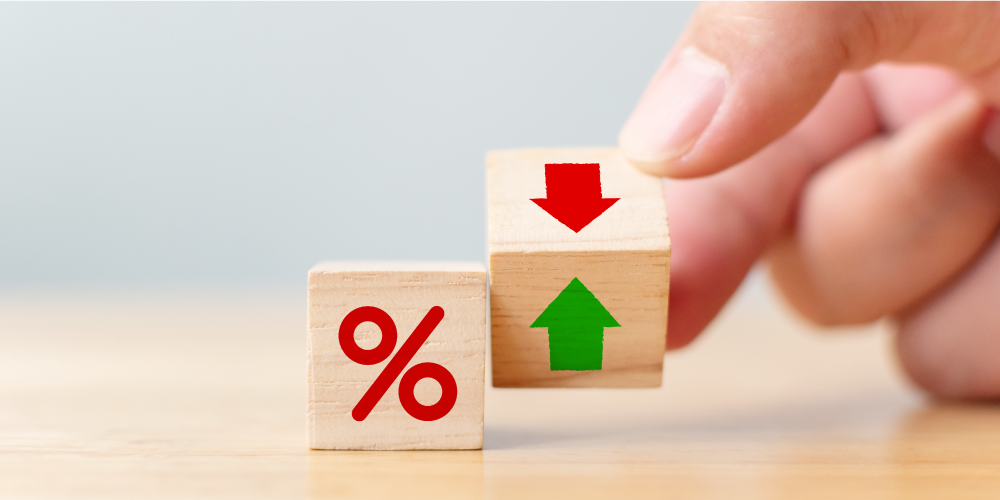A Historical Perspective of Mortgage Interest Rates

Mortgage interest rates play a significant role in determining the affordability of homeownership. They directly affect your monthly mortgage payment and the overall cost of borrowing over the life of your loan. It is essential to understand both current mortgage rates and their historical trends to make informed decisions.
What Are Mortgage Interest Rates?
Mortgage interest rates are the cost of borrowing money to purchase a home, expressed as a percentage of the loan amount. These rates are influenced by various factors, including the Federal Reserve's monetary policy, inflation, economic conditions, and the borrower's credit score.
A Look Back: Historical Mortgage Rates
Mortgage rates have fluctuated significantly over the past several decades. In the early 1980s, for instance, the United States experienced some of the highest mortgage rates in history. At their peak in 1981, 30-year fixed mortgage rates soared to an eye-watering 18.63%. This was largely due to the Federal Reserve's aggressive actions to curb runaway inflation.
In contrast, the 21st century has seen much lower rates, especially following the 2008 financial crisis. By 2020, amid the economic uncertainty caused by the COVID-19 pandemic, 30-year fixed mortgage rates reached an all-time low of 2.65%.
These historical fluctuations highlight the importance of timing and market conditions when securing a mortgage.
Current Mortgage Rate Landscape
Today's mortgage rates are still relatively low compared to historical standards, but they have been rising recently as the economy recovers from the pandemic. The Federal Reserve’s recent moves to increase interest rates to combat inflation have led to a gradual uptick in mortgage rates.
For homebuyers, this means that while the era of ultra-low mortgage rates might be ending, rates are still favorable compared to the high rates seen in previous decades. Locking in a mortgage rate now could save thousands of dollars over the life of your loan.
Key Factors Influencing Mortgage Rates
Several factors determine the movement of mortgage interest rates:
1. Federal Reserve Policy: The Fed’s decisions on interest rates influence the cost of borrowing money for home purchases. Mortgage rates tend to rise as the Fed raises rates to control inflation.
2. Economic Conditions: A growing economy can lead to higher mortgage rates as increased demand for loans pushes rates upward.
3. Inflation: When inflation rises, lenders often increase mortgage rates to maintain their profit margins, making borrowing more expensive.
4. Global Events: Events such as geopolitical tensions, natural disasters, or pandemics can impact investor confidence and influence interest rates.
What Homebuyers Should Consider
Potential homebuyers should carefully consider their options with mortgage rates on the rise. While rates are still low compared to historical averages, they are expected to continue increasing as the economy stabilizes.
Here are a few tips for navigating the current mortgage rate environment:
1. Shop Around: Different lenders offer different rates, so it is essential to compare multiple offers to find the best deal.
2. Consider Locking In a Rate: If you find a favorable rate, consider locking it in to protect yourself from potential increases.
3. Evaluate Your Budget: Make sure that you understand how different mortgage rates will affect your monthly payment and overall loan cost.
Conclusion
Mortgage interest rates are a crucial factor in the home-buying process. By understanding their historical trends and the factors influencing current rates, you can make informed decisions that align with your financial goals. Whether buying your first home or refinancing, staying informed about mortgage rates is key to securing the best terms.
For more guidance and personalized advice, contact the mortgage professionals at First South Financial. We are here to help you navigate the mortgage process and find the best rates available.
« Return to "Friends & Finances"






